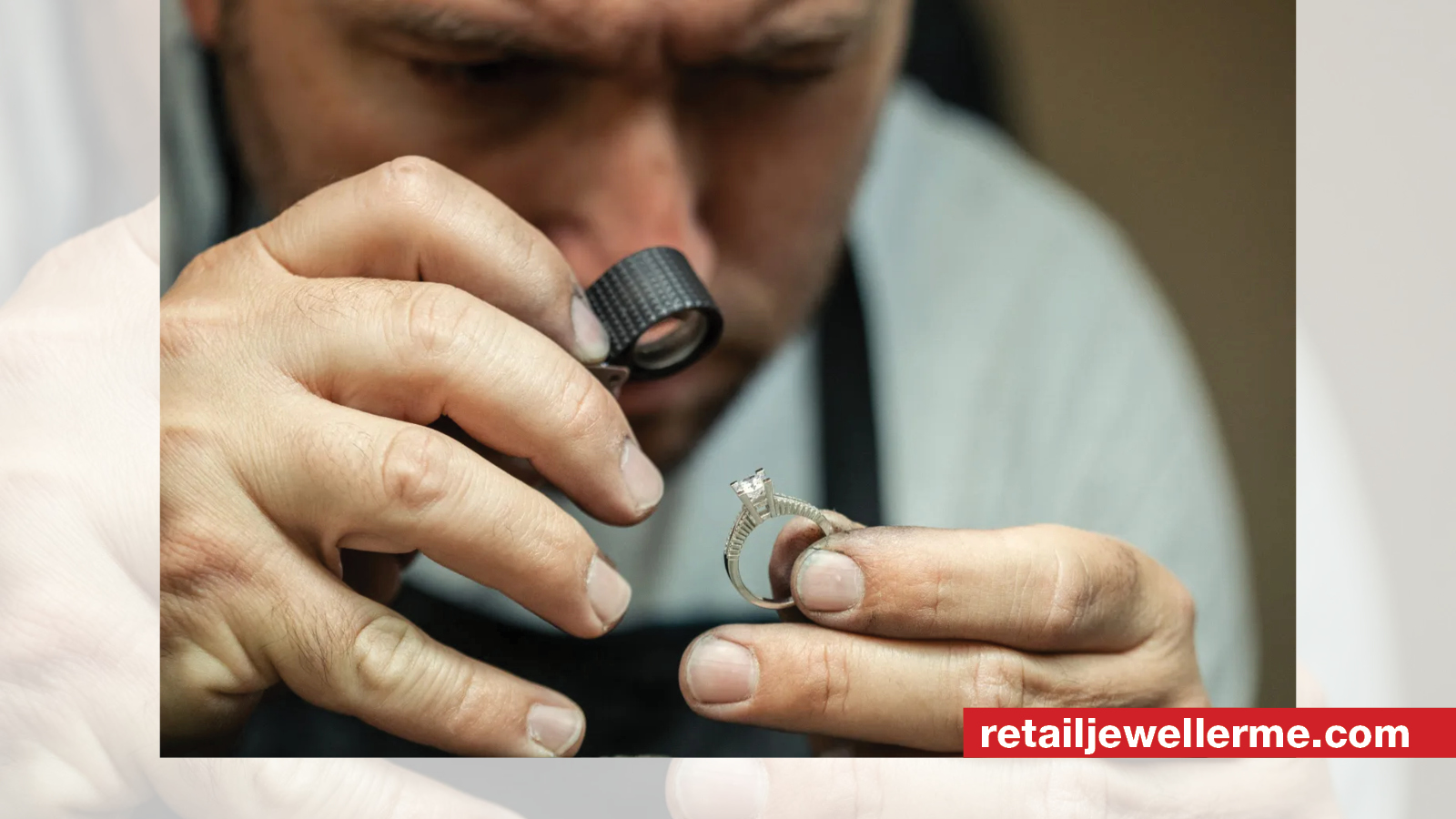Wide Angle
Mega corp leaders flag concern as diamond industry faces slump

Emergence of lab–grown alternatives alleged to be the deterrent, with its cost advantages influencing the Gen Z and millennials, many of whom prefer spending on experiences to that of high-priced items
London: The diamond industry is experiencing significant turmoil, with prices plunging 5.9% this year alone, according to the Zimnisky Global Rough Diamond Price Index. Experts, including prominent jewellery CEO Daga, predict an even bleaker future, with expectations that natural diamond prices could slump an additional 15% to 20% over the next year.
De Beers, the world’s largest diamond producer by value and famously associated with the slogan “Diamonds are forever,” has had its worst performance in two decades. The crisis reached a tipping point when its parent company, Anglo American, announced plans to divest and demerge from its 85% ownership in the diamond subsidiary. While Anglo American has not detailed the strategic benefits of the move, CEO Duncan Wanblad acknowledged the severe challenges facing De Beers. “De Beers is a great set of assets and it’s a great business,” Wanblad stated during a May media call about the restructuring. “It is sitting at the bottom of a cycle. That cycle is more macroeconomic than fundamental.”
The diamond industry’s decline has been swift since the pandemic began. Initially, housebound consumers turned to online shopping for luxury items, including diamonds. However, as the pandemic subsided, demand for diamonds also waned. This downturn was exacerbated by Gen Z’s decreasing interest in marriage, reducing the need for engagement rings, and a broader slowdown in the luxury market. Moreover, many consumers now prefer spending on experiences over high-priced items. Daga identified the rapid growth of lab-grown diamonds as the primary driver of the industry’s crisis.
Lab-grown diamonds, produced in controlled high-pressure environments, are 60% to 85% cheaper than their mined counterparts. This cost advantage has captivated Gen Z and millennials, who also value the environmental and ethical benefits of lab-grown diamonds. Although the technology to create synthetic diamonds has existed since the 1950s, recent advancements have optimised production, allowing these gems to be created within hours.
The rising popularity of lab-grown diamonds has significantly impacted the market share of mined diamonds. Industry analyst Edahn Golan reports that 13.5% of diamond jewellery sold in the U.S. now features lab-grown gems. Jewelry CEO Daga further noted that this year, half of the engagement rings sold in the U.S. will be lab-grown.
For companies such as De Beers, the surge in lab-grown diamond popularity, combined with an overall industry slowdown, has severely affected business. Despite De Beers’ efforts to sell synthetic stones through its Lightbox brand, the declining demand for diamonds led to price cuts of more than 40% last September and an additional 10% at the beginning of this year.
In response to the breakup with Anglo American and the industry’s price collapse, De Beers has decided to shift focus. The company will abandon its lab-grown diamond venture to concentrate on mined diamonds, as the wholesale prices of synthetic diamonds have fallen below Lightbox’s production costs.
This strategic pivot by De Beers underscores the broader challenges and transformations within the diamond industry, as it navigates the rising demand for more affordable, ethically produced alternatives amidst changing consumer preferences.
Retail Jeweller ME news

















